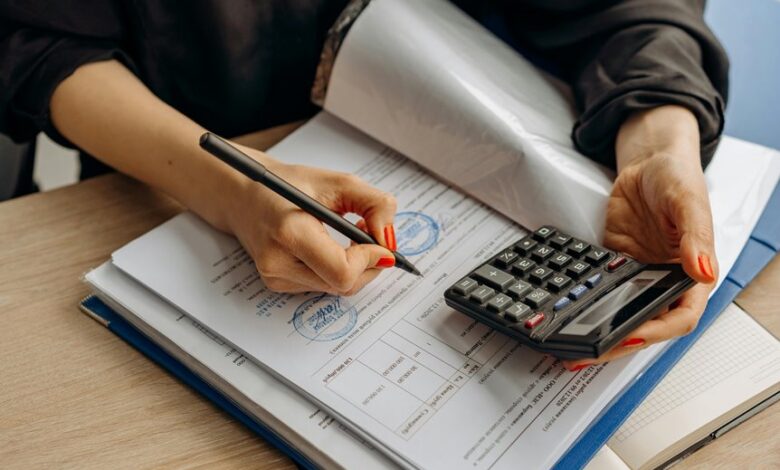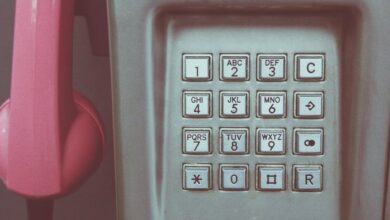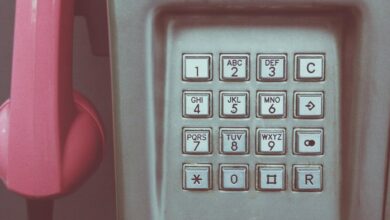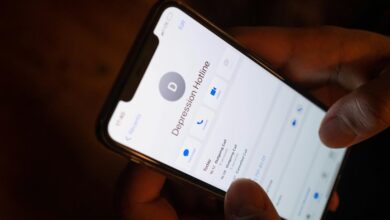Scam or Legit Call Verification: 2044870273, 2046617494, 2048139635, 2048310563, 2048314866, 2052104145

The phone numbers 2044870273, 2046617494, 2048139635, 2048310563, 2048314866, and 2052104145 warrant careful scrutiny. These digits may represent either legitimate callers or potential scams. Understanding common tactics used by fraudsters is essential for identifying such calls. Moreover, verifying caller identities is crucial in today’s communication landscape. As the prevalence of scams grows, knowing how to protect oneself becomes increasingly important. What strategies can individuals employ to safeguard their personal information?
Overview of the Phone Numbers
The landscape of phone numbers associated with scam and legitimate calls presents a complex puzzle for consumers.
Examining phone number history reveals varying call origins, often obscured by sophisticated techniques employed by scammers. These numbers can appear credible, complicating the decision-making process for individuals.
Understanding the origins and patterns of these calls is crucial for discerning the authenticity of incoming communications.
Common Scam Tactics to Watch For
While many calls may seem innocuous at first glance, various scam tactics employed by fraudsters demonstrate a calculated approach to deception.
Common methods include impersonating legitimate organizations, creating a sense of urgency, and requesting personal information.
Enhancing scam awareness and prioritizing phone safety are essential to protect oneself from these deceptive practices, ensuring informed decision-making in the face of potential threats.
How to Verify Caller Identity
Verifying caller identity is essential in distinguishing legitimate communications from potential scams.
Key methods include checking caller ID for accuracy, utilizing reverse lookup services to gather more information about the number, and reporting any suspicious calls to relevant authorities.
Each of these strategies contributes to a more informed assessment of the caller’s authenticity.
Check Caller ID
How can individuals confidently ascertain the identity of incoming calls?
Caller ID verification serves as a primary method for distinguishing legitimate calls from potential spam. By examining the displayed number and leveraging available technology, one can enhance spam call identification.
This process not only fosters informed decision-making but also empowers individuals to reclaim their time and safeguard against unwanted intrusions.
Utilize Reverse Lookup
A significant number of individuals may find reverse lookup services invaluable for verifying the identity of unknown callers.
These services offer various reverse lookup benefits, allowing users to uncover essential information from diverse phone number sources.
- Identify caller information
- Access public records
- Determine spam or scam risks
- Enhance personal security
- Foster informed decision-making
Report Suspicious Numbers
When faced with an unknown caller, how can individuals ensure their safety and avoid potential scams? Reporting suspicious numbers enables a collective understanding of caller trends and suspicious patterns. By sharing experiences, individuals contribute to a database that assists in identifying fraudulent activity.
| Caller Number | Suspicious Pattern | Reported Frequency |
|---|---|---|
| 2044870273 | Frequent hang-ups | High |
| 2046617494 | Unsolicited offers | Medium |
| 2048139635 | Robocall behavior | High |
Reporting Suspicious Numbers
Reporting suspicious numbers is a crucial step in combating potential scams and fraud.
Identifying red flags, such as unusual caller behavior or requests for sensitive information, can aid individuals in recognizing threats.
Understanding the appropriate reporting procedures ensures that these concerns are communicated effectively to relevant authorities, facilitating broader efforts to mitigate such risks.
Identifying Red Flags
How can individuals effectively discern the legitimacy of incoming calls?
Recognizing red flags can enhance scam awareness and inform responses to caller behavior. The following indicators may suggest a call is suspicious:
- Unrecognized or spoofed numbers
- High-pressure tactics
- Requests for personal information
- Inconsistent caller identity
- Lack of verifiable company information
Awareness of these signs is crucial for protecting personal data.
Reporting Procedures Explained
A systematic approach to reporting suspicious numbers is essential for maintaining community safety and reducing the prevalence of scams.
Individuals should utilize various reporting methods, including contacting local law enforcement and consumer protection agencies.
Understanding the legal implications of these reports ensures that individuals contribute effectively to investigations, potentially aiding in the identification of fraudsters and fostering a safer environment for all.
Protecting Yourself From Phone Scams
What measures can individuals take to safeguard themselves against the rising tide of phone scams?
Implementing effective phone safety measures is crucial. Here are essential scam prevention tips:
- Use caller ID to screen unknown numbers.
- Do not share personal information over the phone.
- Block suspicious numbers.
- Register with the National Do Not Call Registry.
- Educate yourself about common scam tactics.
Real-Life Experiences With These Numbers
Real experiences with phone scams reveal the complex and often distressing nature of these encounters.
Individuals reported varied personal experiences with the numbers 2044870273 and 2046617494, noting aggressive caller interactions that prompted fear and confusion.
These accounts illustrate a growing concern regarding phone scams, highlighting the necessity for vigilance and awareness in distinguishing between legitimate calls and deceptive tactics employed by scammers.
Conclusion
In conclusion, verifying the legitimacy of phone numbers such as 2044870273, 2046617494, 2048139635, 2048310563, 2048314866, and 2052104145 is essential in safeguarding personal information. With the prevalence of scams today, one must ask: how can individuals effectively discern between legitimate inquiries and deceptive schemes? By employing caller ID tools and remaining vigilant, individuals can empower themselves against potential threats while contributing to community awareness and safety.




